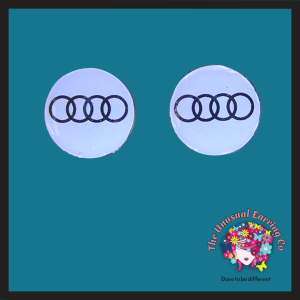Mazda Rotary
The Wankel engine (/ˈvaŋkəl̩/, VUN-kell) is a type of internal combustion engine using an eccentric rotary design to convert pressure into rotating motion. The concept was proven by German engineer Felix Wankel, followed by a commercially feasible engine designed by German engineer Hanns-Dieter Paschke.[1] The Wankel engine’s rotor, which creates the turning motion, is similar in shape to a Reuleaux triangle, with the sides having less curvature. The rotor spins inside a figure-eight-like epitrochoidal housing around a fixed-toothed gearing. The midpoint of the rotor moves in a circle around the output shaft, rotating the shaft via a cam.

The Wankel KKM cycle:
A: Apex of the rotor.
B: The eccentric shaft.
The white portion is the lobe of the eccentric shaft.
The distance between A and B remains constant.
Produces three power pulses each revolution of the rotor.
Gives one power pulse per revolution of the output shaft.
Information and images from Wikipedia






